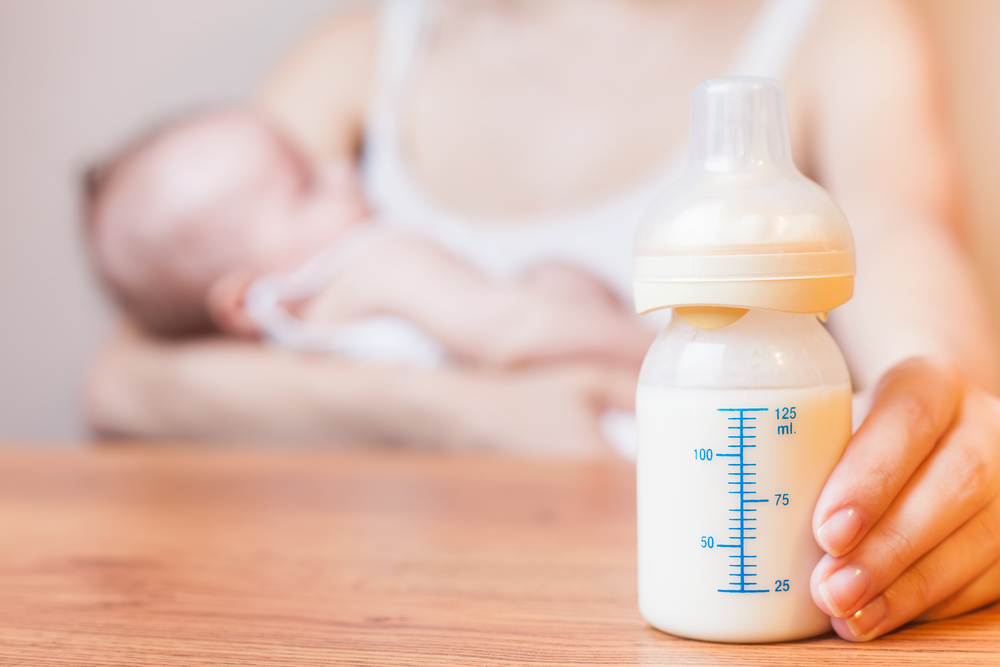TREATMENT
There is no best brand for infant formula. However, it would be best if you chose an infant formula that is made especially for babies. The FDA manages commercial infant formulas to ensure their nutrition and safety. Pediatricians recommend iron-fortified procedures.
Moreover, some formulas come in powder, liquid, and ready-to-use formulas. When choosing the right one, take these considerations:
- Check the expiration date of the brand.
- Check the container for leaks, cracks, or rust. If you see any of these, do not feed them to your infant.
If you have questions in choosing the best formula for your baby, talk to your baby’s health care provider. Furthermore, be wise in selecting bottles and nipples for your baby.
Preparation For Infant Formula
When preparing your infant’s formula, it is essential to follow the instructions. Take a close look at the pointers to keep in mind:
- Make sure your hand is clean and sanitized bottles before preparing bottles and feeding your infant.
- To warm your infant’s milk bottle, consider placing it in hot water.
If you use powdered infant formula:
- Use safe water to mix it into your infant formula.
- Be extra careful in preparing your infant’s formula if your baby is younger than three months old, born premature, or has a weak immune system.
Storage For Infant Formula
- Prepare infant formula within two hours and use it within 24 hours.
- Throw the infant formula left in the bottle after feeding your baby.
- Store unopened infant formula bottles in a cool and dry place.
How To Formula Feed
- Feed every two to four hours with one ounce at each feeding.
- The baby’s tongue should be under the nipple.
- Make sure that the baby burps after eating.
- Do not feed the remaining formula in a bottle.
- Do not leave your baby eating alone.
As your baby grows, you must increase the amount of formula based on his appetite.


